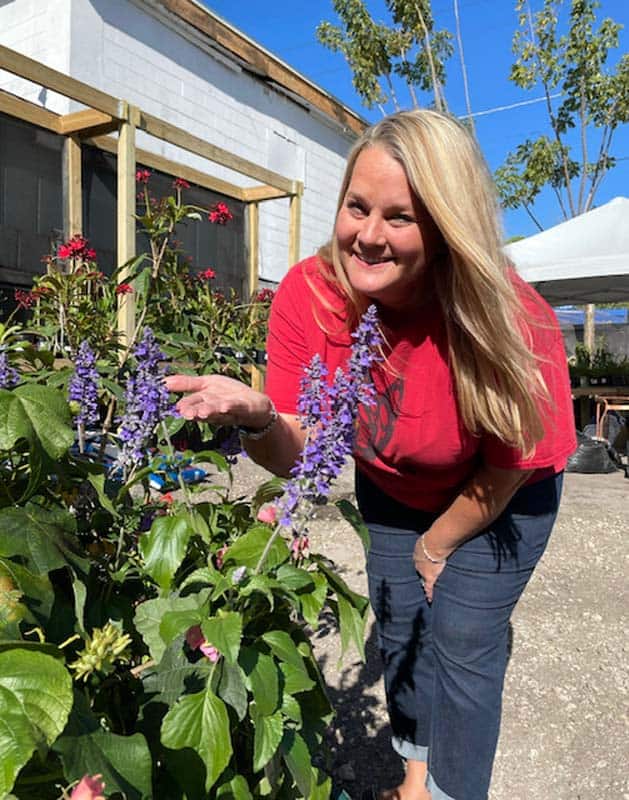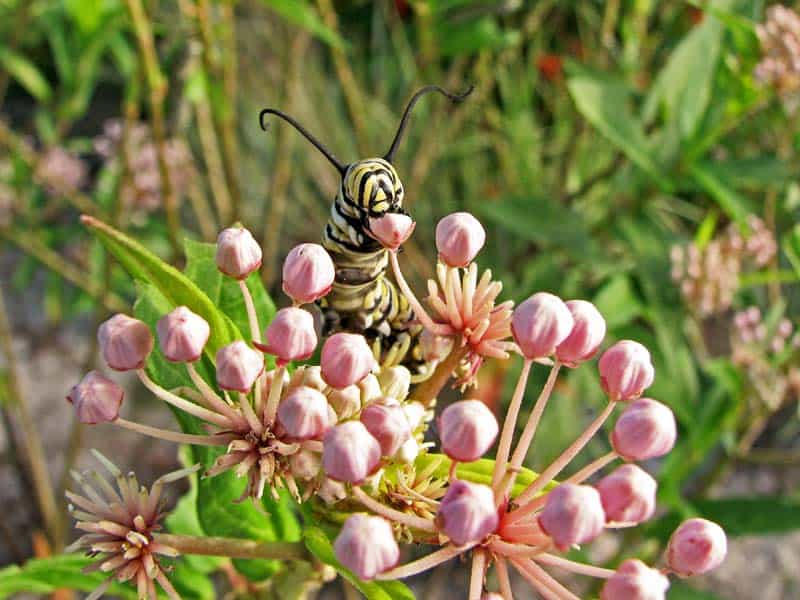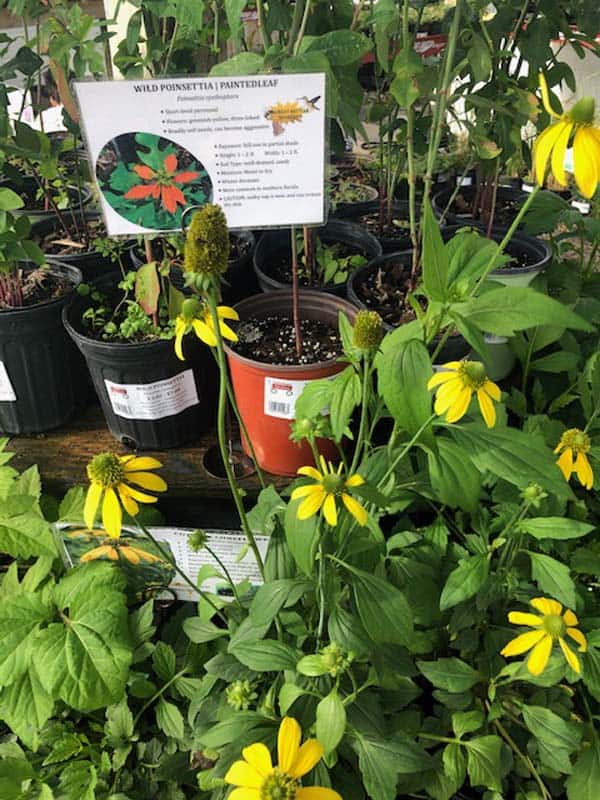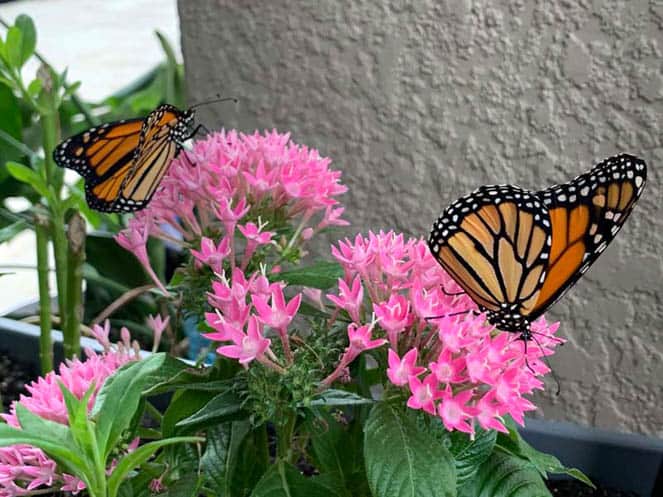How You Can Help Save the Monarch Butterfly
The monarch butterfly is in trouble.
The International Union for Conservation of Nature (IUCN) recently put the migrating monarch butterfly on its Red List for Endangered Species. It’s possible the monarch butterfly population that calls Florida home year-round could follow.

Looking for Things to Do in Tampa Bay?
>>This Week’s Favorite Events
>> Nearby U Pick Farms
>> 40+ Free Things to Do with Kids
Related: Going Native: Why local is best for your home garden
Anita Camacho, owner of the Little Red Wagon Native Nursery in South Tampa and founder of the Tampa Bay Butterfly Foundation, says the migrating monarchs meet all criteria to be listed as endangered in the United States by U.S. Fish and Wildlife Service, but haven’t been listed…yet.
What’s causing the collapse of monarch butterfly populations
Camacho says factors leading to the collapse in population including climate change, the destruction of habitat due to mowing and herbicides, insecticides and disease.

“Our monarch butterflies in Florida are very sick,” Camacho says. “There’s a lot of disease here with the introduction of tropical milkweed being one cause.
Another cause is a lot of home rearing; people aren’t testing the butterflies and they’re releasing a lot of sick butterflies unknowingly. They can look very healthy but when you look under a microscope they’re not, so we’re at about an 80% disease rate in Central Florida.”
The disease that Camacho and many Lepidoptera researchers say is making our butterflies sick is a protozoan parasite called OE or Ophryocystis elektroscirrha.
The Florida Wildflower Foundation says tropical milkweed has been linked to the spread of OE, which is why there is a push to ensure you are only buying milkweed native to Florida.
Tropical milkweed is the kind you’ll find at the big box stores and most nurseries that are not native nurseries. Native to Mexico and Central America, Asclepias curassavica is the one you want to AVOID.
How to find native milkweed in Florida and how to identify it.
Paying attention to the scientific name of the milkweed you buy and plant in your garden is important. If the scientific name is missing, it is very likely non-native. Milkweeds purchased at non-native nurseries are often treated with pesticides, which kill caterpillars.

Not sure where to find native milkweed? Shop a local native plant nursery like Little Red Wagon Native Nursery in South Tampa to find options with which to replace tropical milkweed. Find a native plant nursery near you by searching plantrealflorida.org/professionals.
These are 4 of the 21 Florida native milkweeds and a native milkvine to be on the lookout for:
- Asclepias tuberosa (Butterfly weed)
- Asclepias incarnata (Pink swamp milkweed)
- Asclepias perennis (White swamp milkweed)
- Asclepias verticillata (Whorled milkweed)
- Funastrum clausum (White Twinevine Milkweed)
More Info: flawildflowers.org/monarchs-and-milkweed
Why you should avoid the temptation to rear monarch butterflies at home.
As tempting as it may be to rear monarch butterflies at home, Camacho says you should avoid it and offers other options instead.
“Plant a habitat for them and let them be wild,” she advises. “A lot of people are trying to protect them from predators and that’s counterproductive to what nature needs. What needs to happen is the ecosystem needs to balance itself out—and yes, wasps and other predators like birds need to feed their babies.”

You don’t need a big yard to plant a butterfly garden. In fact, you don’t need a yard at all. All it takes is just one pot!
“We have a butterfly garden in a pot here with at least two host plants for different butterflies, usually a milkweed for monarchs and something for longwing butterflies and two nectar plants,” Camacho says. “You can do something like that even if it’s on a balcony or front patio. Every little bit helps. Butterfly gardening is chemical-free free and it’s safe to do. And then you get a lot of movement, and it’s a lot of fun.”
Photos provided by Little Red Wagon Native Nursery | Originally published in the October 2022 issue of Tampa Bay Parenting Magazine.





